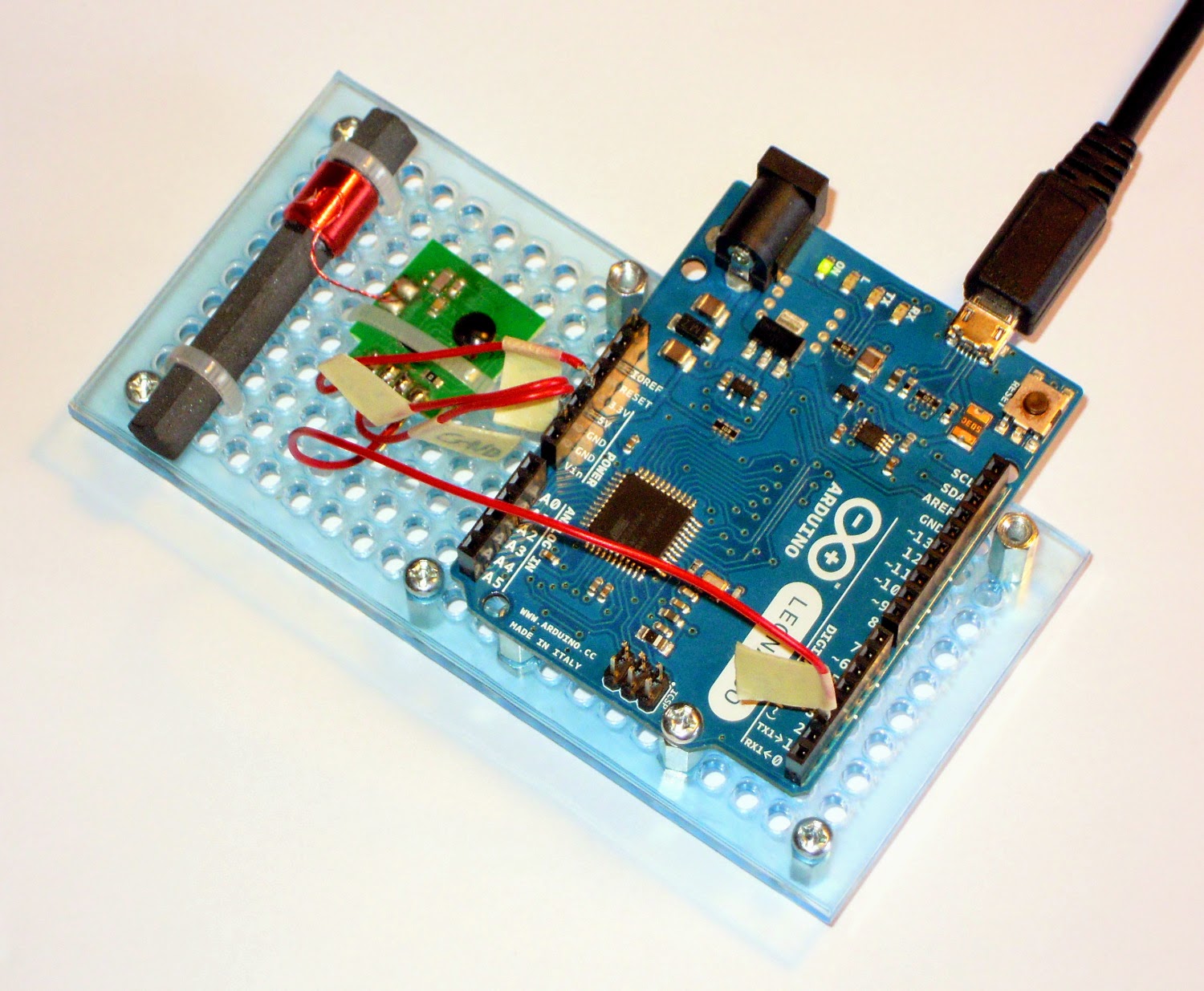This was last year. Some weeks ago I got annoyed about the lack of a decent clock on my desk. I have one, but it's not self-illuminated which makes it hard to read during the evening and night when the room is not brightly lit. So I decided to build my own one. It will have the following features:
- Get its time information from DCF77.
- Have an illuminated display of some sort to show the current time.
- Measure the ambient light and adjust the brightness of its display accordingly.
I originally started the decoder to sample the DCF77 signal at a fixed interval for 10ms, because I could not get it working with interrupts for some reason. This worked well, as the DCF77 signal consists of one 100ms or 200ms long pulse per second. I'll probably keep it this way for the clock because I think that it'll be easier to integrate with the display logic.
I didn't decide on the kind of display yet. I looked at different options:
- Nixie tubes have a nice old fashioned look, but require high voltages. There are Nixie tube clock kits.
- As people like the look of Nixie tubes they fake them using edge-lit displays.
- Another option would be a word clock, such as the QLOCKTWO. There are many people that have build versions of this clock or sell kits, for example here and here.
- An easy way out would be the typical 7-segment display. Not as creative as a word clock but easy to use and easy to read. There are nice 7-segment clock kits, such as the Alpha Clock Five.
I think buying a clock kit of some sort is not an option for me. It is not as interesting as having to solve the problems and challenges on my own. Also the kits I found don't cover my feature list or have way to many features or are just a bit expensive.
The look of the Nixie digits is nice. I already build a prototype of an edge-lit fake Nixie tube but could not make it as bright and clear as I want it to be and gave up on this idea. Here's an image of the prototype:


No comments:
Post a Comment